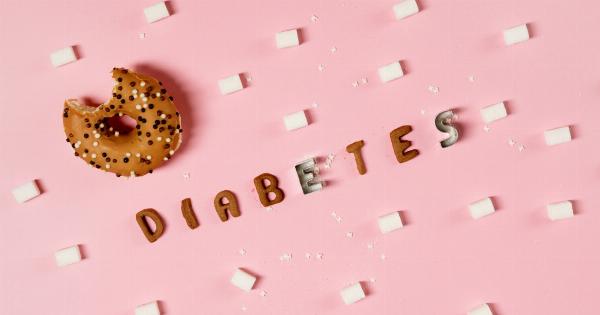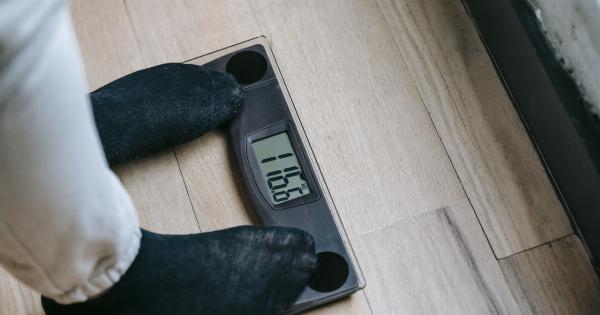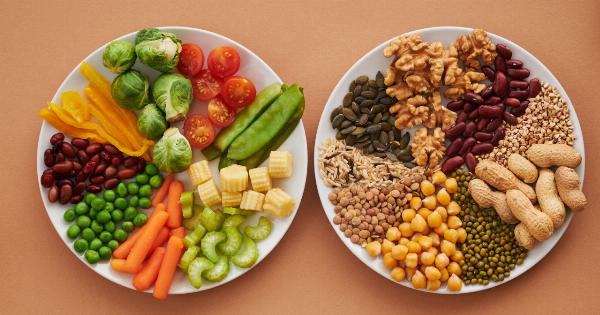Obesity is a growing problem worldwide, and it affects adolescents as well. Inadequate diet and lack of physical activity are among the leading causes of obesity among teenagers.
However, a recent study has shown that eating five meals per day can reduce the risk of obesity in adolescents significantly. This article aims to explore the findings of the study and its implications for adolescents’ dietary habits.
The Study
The study aimed to investigate the association between meal frequency and obesity risk in adolescents. The researchers recruited 5000 participants aged between 10 and 20 years.
They collected data on the participants’ dietary habits, physical activity levels, and body mass index (BMI). The participants were categorized into groups based on their meal frequency – three or fewer meals per day and five or more meals per day.
The findings of the study were surprising. Adolescents who ate five or more meals per day had a lower risk of obesity than those who ate three or fewer meals per day.
The researchers found that the participants who ate five or more meals per day had a 32% lower risk of obesity than those who ate three or fewer meals per day. This finding suggests that eating more frequent, smaller meals may be more beneficial for adolescents’ health than consuming fewer, larger meals.
The reasons behind the results
The study’s findings are consistent with previous research on the topic. Eating smaller, more frequent meals can increase metabolism, burn more calories, and regulate blood sugar levels.
It can also reduce the risk of overeating and promote feelings of satiety, leading to better weight management.
In addition, eating smaller, more frequent meals can help adolescents maintain a more balanced and healthy diet. Eating three large meals per day can lead to overeating and poor food choices, such as consuming high-calorie and high-fat foods.
However, eating smaller meals throughout the day can encourage adolescents to choose healthier options, such as fruits, vegetables, and lean proteins.
Implications of the study
The findings of the study have significant implications for adolescents’ dietary habits. If adolescents eat five or more meals per day, they can significantly reduce their risk of obesity.
Therefore, parents and caregivers must encourage adolescents to eat smaller, more frequent meals throughout the day, rather than three large meals.
Moreover, schools and other institutions that provide meals to adolescents can implement strategies to promote more frequent meal consumption.
For example, schools can provide healthy snacks between meals to encourage students to eat smaller, more frequent meals and promote healthier food choices.
Conclusion
In conclusion, the study suggests that eating five or more meals per day can decrease obesity risk among adolescents. Eating smaller, more frequent meals can boost metabolism, regulate blood sugar levels, and promote healthier food choices.
Therefore, caregivers, schools, and other institutions should encourage adolescents to eat more frequent meals to promote better weight management and reduce the risk of obesity.































